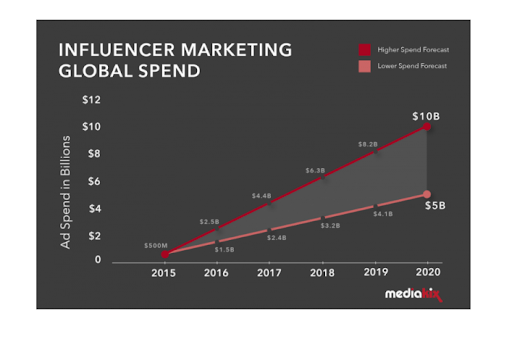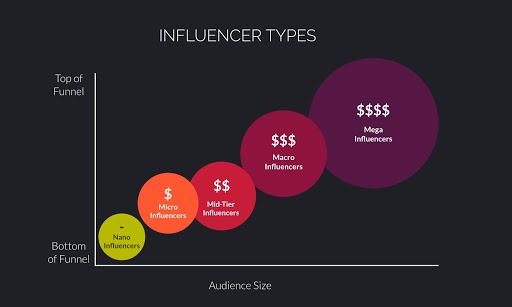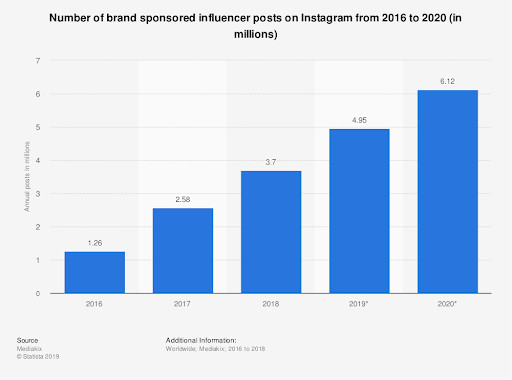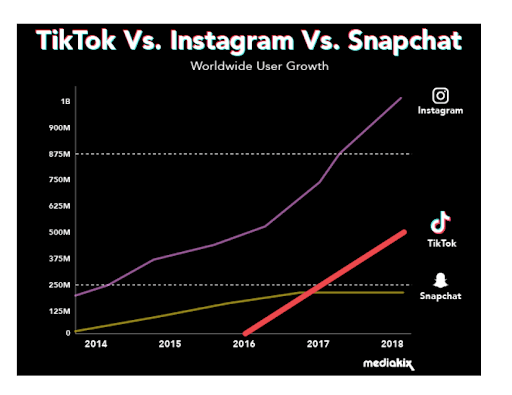An Introduction to Influencer Marketing in 2020
If you’re like me, the term “Influencer” brings to mind women in athleisure wear with exposed midriffs, trying to convince you that some overpriced detox tea is the secret to weight-loss success. Spoiler alert! It’s not – and even the social media giants agree.
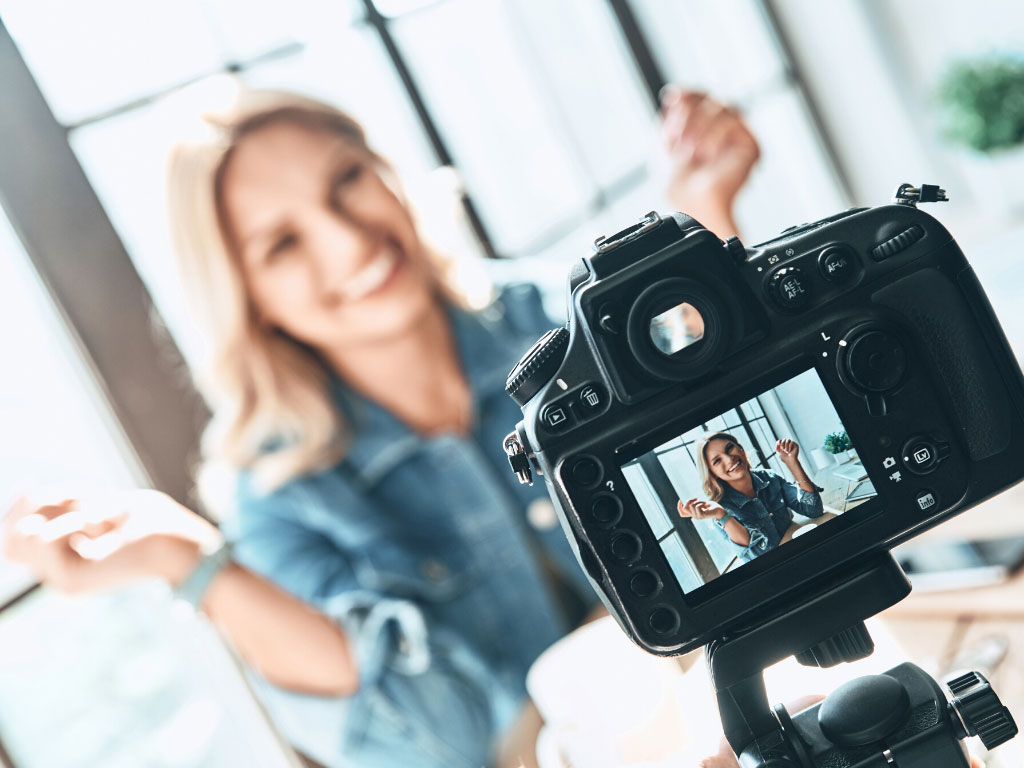
My own predilections aside, the fact is, as long as digital platforms exist where creators can upload content to a mass audience, Influencer Marketing is not going anywhere. These Influencers are a powerful tool to guide buyer sentiments and behaviour in a way that seems organic to the audience.
What is an Influencer?
The concept of Influencer Marketing is nothing new; from mascots to celebrities and even the Queen of England, there have always been people (real and otherwise) who have managed to sway consumer behaviour. However, what we’d call a Social Media / Digital Influencer (aka Creator) today didn’t really emerge until 2004 with the rise of blogs and vlogs. Its popularity surged again in 2010 with the launch of Instagram, where content creators now had a way to generate additional awareness and brands had a new means to communicate with consumers.
This disruption was so significant that in 2019, the Merriam-Webster definition of ‘Influencer’ was updated to reflect the evolving times. Defined as “a person who is able to generate interest in something (such as a consumer product) by posting about it on social media,” this phrase neatly captures the spectrum of Influencers that exist online today.
Are Marketers spending on Influencers?
This evolution in social media platforms made what was once considered “an out of the box medium” a commonplace line item in marketing plans. In 2020, global allocated spending on Influencers was between $5 and $10 billion dollars and 93% of Marketers had it in their strategies. Platforms specifically dedicated to connecting brands with Influencers are also on the rise.
Factors to consider with Influencers
Before you decide to jump right into paying an Influencer to promote your business or product, keep in mind that not all Influencers will have the same success based on your objectives. Depending on the brand, the message and the budget, a campaign’s Influencer mix will vary.
There are many types of Influencers that can help support your brand or product. So, what are these types of Influencers? While there isn’t an official list, Branch & Bramble defines 5 types of Influencers (Mega, Macro, Mid-Tier, Micro and Nano) based on reach, stage of the purchase journey, and budget – which is a good starting place for a Marketer deciding on what type of Influencer mix to utilize. Marketers can get more granular from there, by factoring in content niches, platform type, geographics, and audience demos.
Measuring Influencer success in your marketing plan
Even though 89% of Marketers name Instagram as the most effective platform for Influencer marketing, they also cite ‘content becoming less visible due to algorithm updates’ as a challenge. Naturally, the next question becomes “How do I ensure that xxxx will get reach?”. As many as 49% of Marketers want to know how their Influencer strategies are reaching their audience. While 68% of Instagram users are coming to the platform to interact with creators and 6.12 million brand sponsored posts forecasted for 2020, Marketers will need to adopt various strategies to continue ensuring their partnerships drive reach.
One tactic to ensure your brand is getting sufficient reach is to maintain an “always on” strategy (as opposed to shorter stand-alone campaigns). When available, it also pays off to promote organic branded content to broaden reach. Using Instagram’s Branded Content Ads, Marketers can promote “paid partnership” content while still maintaining control over audience targeting; additionally Branded Content Ads enable Marketers to measure and optimize Sponsored Posts using Ads Manager.
Reach is a great first step, but there are many other ways to look at an Influencer’s success. Measuring ROI is considered one of the biggest challenges of Influencer marketing. At first, engagement rate, reach and website traffic were major key performance indicators of most Influencer marketing campaigns. Based on these metrics, Influencers can deliver a 11x higher ROI than traditional forms of digital marketing. However, with the growth of Influencers worldwide (half a million are exclusively on Instagram), these metrics just aren’t enough anymore. Today, brands are increasingly putting emphasis on measuring campaign success through conversions and sales. If you’re skeptical about Influencers driving purchases, back in 2016 as many as 40% of people purchased an item online after seeing an Influencer use it on Instagram, Twitter, Vine, or YouTube.
If you want to track sales from your Influencer campaigns, utilizing UTM’s and affiliate links will enable Marketers to track online traffic and sales, while Promo & Unique Discount codes can provide additional insight into which Influencers are driving sales. Unique discount or Promo codes are especially helpful if a sale takes place after an affiliate link has expired. Getting tracked traffic from your Influencers is great, and completing the picture requires you to ensure proper event tagging and pixel implementation on landing pages to accurately capture content engagement.
Another way to track the impact of your Influencer campaigns is to run an Isolated Marketing test, where a specific product is marketed only through Influencer partnerships. This tactic allows Marketers to observe the entire purchase funnel and potentially forecast sales and ROI on future Influencer campaigns. However, like with all campaigns, it is important for Marketers to measure success through a variety of lenses including metrics that may not have been considered before, like the amount user generated content in response to an Influencer’s post.
What’s on the horizon for Influencers?
While Instagram currently reigns supreme (with Posts and Stories being the most effective), Tik Tok and Twitch are on the rise. These channels are particularly popular with the up and coming Gen Z and are becoming predominant channels in Influencer Marketing. Influencer Marketing can be a good way to access these new channels, especially when minimum investments may be out of scope for limited budgets.
A Tactic for All Budgets & Objectives
The last (but not least) great thing about Influencer marketing is that it is agreed to be a scalable tactic. Marketers with varying budgets, campaign objectives and targeting needs can utilize Influencers with followers ranging anywhere from 1K (considered Nano) all the way up to 1M (Mega). As such, Marketers should seriously consider researching Influencers that would align with their brand and in conjunction with other paid media and traditional channels, allocating some spend towards Influencer Marketing.
Have you had any experiences with Influencer Marketing? Comment below, I would love to hear about it!
